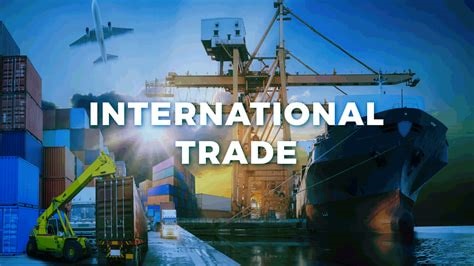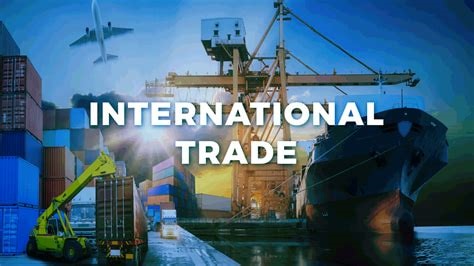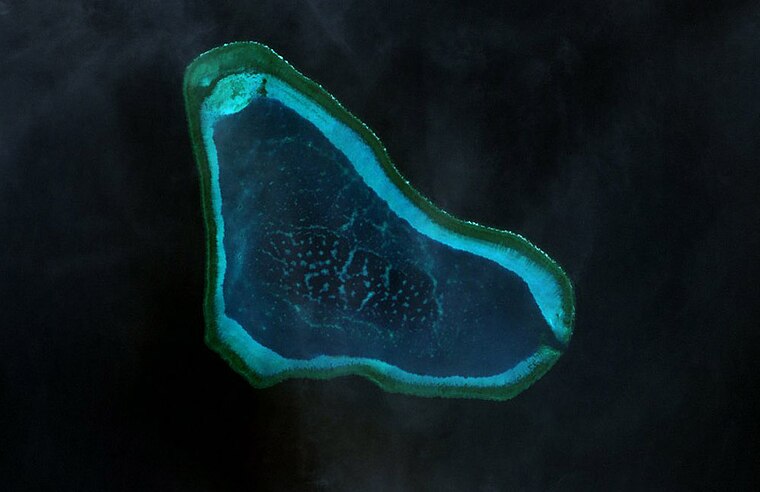
According to S&P Global Ratings, the Philippines is expected to remain insulated from the impact of potential United States tariffs on Asian economies due to its trade surplus with the world’s largest economy, an advantage among its regional peers.
YeeFarn Phua, director at S&P, highlighted that while countries such as China, Vietnam, Malaysia, and Taiwan face risks from US tariff policies, the Philippines has so far stayed out of the equation. “The Philippines is one of the major economies, perhaps the only major economy in the region, that has a trade surplus with the US,” Phua said in a recent webinar.
Philippines insulated from US tariff risks, says S&P
Trade Surplus: A Unique Advantage
The Philippines’ trade surplus with the US is significant in its insulation from potential tariff impacts. In 2024, Philippine exports to the US were valued at $12.12 billion, accounting for 16.6% of total export sales. On the other hand, imports from the US stood at $8.17 billion, or 6.4% of total imports. This trade surplus positions the Philippines uniquely among its regional peers, who are more vulnerable to US tariff policies.
Potential Benefits and Economic Growth
Phua noted that the Philippines could see second-order effects if US tariffs shift production away from affected economies. This shift could benefit industries involved in lower-value supply chain activities, such as electronics assembly and packaging. “If you’re talking about high-tech, cutting-edge technology, perhaps the Philippines will not be in a position at this moment to benefit from it,” Phua said. “But if you’re looking at production down the value chain, like assembly and packaging of electronic goods, there could be some advantages for the Philippines in that sense,” he added.
These benefits could, in turn, help boost economic growth and support foreign direct investments. Despite these potential benefits, Phua emphasized that trade shifts are not the primary factors influencing S&P’s credit rating assessment for the Philippines. The rating agency focuses on two key areas: rebuilding external buffers and maintaining fiscal consolidation.
Credit Rating and Economic Stability
S&P currently assigns the Philippines a ‘BBB+’ rating, with an outlook tied to its ability to stabilize its current account deficit and strengthen its external position. The Philippines’ external buffers have been eroded in recent years due to global economic headwinds, making it crucial for the country to maintain a moderate current account deficit. “The Philippines needs to rebuild those external buffers before its ratings could be upgraded,” Phua said.
The Philippines is not yet on the US radar for tariff action
On the fiscal front, Phua mentioned that last year, the government’s revised economic projections under the medium-term fiscal framework were more realistic than previous targets. This realistic approach is expected to support the country’s economic stability and growth.
Conclusion
In conclusion, the Philippines’ trade surplus with the US provides a unique advantage that helps insulate it from the potential impacts of US tariff policies. While other Asian economies face risks, the Philippines remains relatively protected, with opportunities for growth in lower-value supply chain activities. However, the focus remains on rebuilding external buffers and maintaining fiscal consolidation to ensure long-term economic stability and potential credit rating upgrades.




